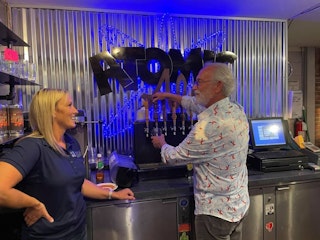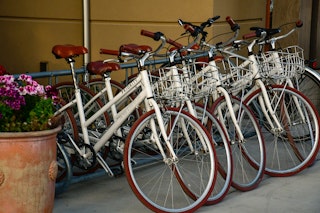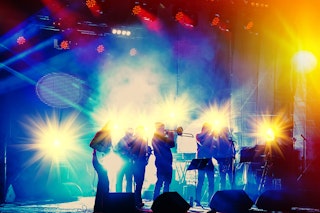Making Waves: How The Universe Brings Visitors to Tri‑Cities
At any given moment, our bodies are subject to changes from the environment around it.
On the atomic level, the very fabric of what holds the physical world together is expanded and contracted not only by local forces, but gravitational waves originating hundreds of millions of lightyears away, and the research and observation of these waves is based right here in the Tri-Cities.
Meet LIGO, short for Laser Interferometer Gravitational-Wave Observatory, located on the Hanford Reservation outside Richland, Washington. Here, technicians and scientists works day after day to better understand these graviational waves that were first theorized by Albert Einstein in 1915 as a part of his theory of general relativity. In 2016, the foundations of astrophysics were shook when LIGO detected for the first time ever gravitational waves from the merger of two black holes.
A Blend of Serenity and Accessibility

There is no doubt that life is easygoing in the Tri-Cities. The region's spacious and mild environment not only makes it an ideal place to live but also an exceptional location for studying the universe. The area’s seismic tranquility and isolation are crucial for minimizing disturbances that could affect the sensitive detectors. The mirrors used in the detectors need to remain virtually motionless despite earthly vibrations, such as those caused by human activity or natural terrestrial fluctuations. This is achieved through an intricate system of pendulums that help keep the mirrors stable, allowing them to be about 10 billion times more still than the ground beneath it.
Isolation is key, but an observatory like LIGO also needs to be accessible. Proximity to a robust transportation infrastructure creates easy access for visiting scientists and engineers. Additionally, the local STEM economy is vibrant, providing LIGO with a skilled workforce essential for its operations. To attract the brightest minds, the place that they call home must provide an inviting lifestyle. Tri-Cities is the blend of accessibility, amenities, and sustainability that LIGO requires to succeed.
A Destination for Science

Landry and his team take pride in LIGO’s positive impact to the local community, particularly through the LIGO Exploration Center (LExC), which engages thousands of K-12 students annually. LIGO also boosts the local economy by providing professional opportunities in STEM and related fields. The observatory's role in scientific advancements even contributed to the region receiving accolades for the 2017 Nobel Prize in Physics.
Landry, whose favorite movies include Interstellar and Contact, reflects his deep interest in space and exploration. Looking ahead, he is excited about LIGO's prospects for discovering unknown aspects of stellar evolution and potentially uncovering celestial phenomena that have yet to be predicted.


































